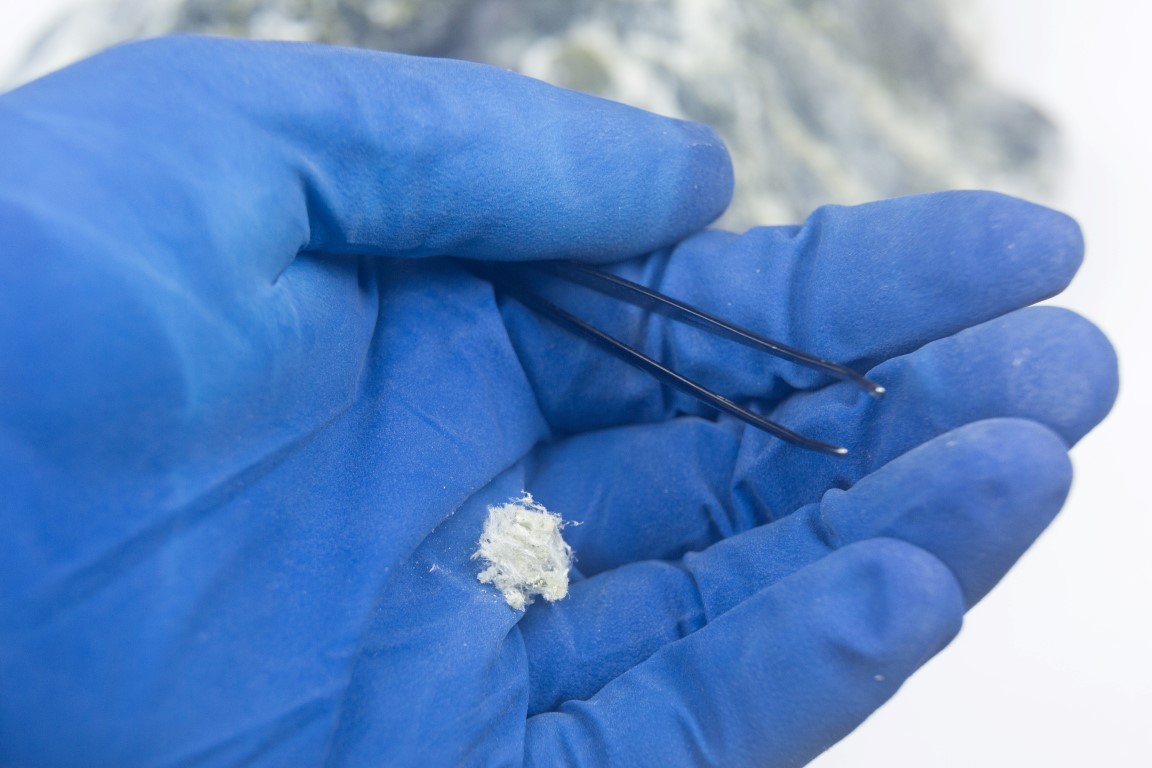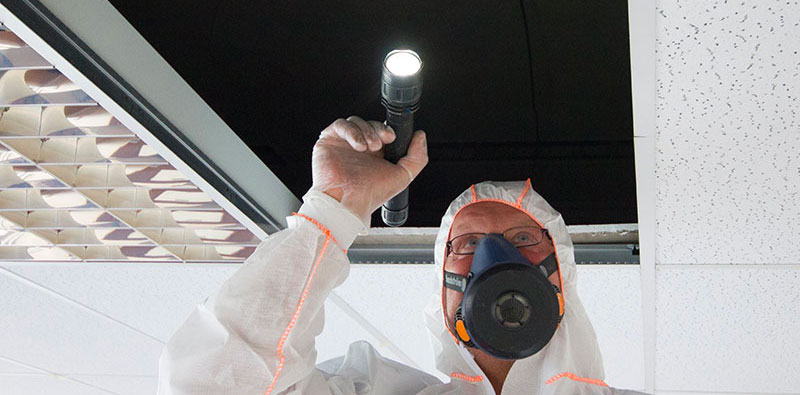Arrange Your Asbestos Testing Today for a Healthier Home
The Complete Process of Accredited Asbestos Checking to Guarantee Home Compliance
In the world of residential or commercial property monitoring and conformity, the procedure of accredited asbestos screening stands as a crucial component to ensure the safety and health of owners. Comprehending the detailed steps included in this screening method is critical for building owners and managers alike. From the preliminary evaluation to the last analysis of outcomes, each phase plays an essential role in determining the presence of asbestos within a residential or commercial property. Allow's explore exactly how this precise procedure unravels to ensure adherence to strict policies and protect against potential carcinogen.
Accredited Asbestos Testing: First Analysis
In performing the initial assessment for recognized asbestos testing, a thorough examination of the property's products is crucial to accurately recognize potential asbestos-containing products. Unique attention is provided to materials that are susceptible to damage or disruption, as these situations can release dangerous asbestos fibers into the air.
Recognized asbestos assessors adhere to stringent methods set by regulatory bodies to make sure the precision and dependability of the screening process. By diligently recording findings and using advanced testing techniques, assessors can supply homeowner with a thorough report describing the presence of asbestos, if any type of, and the advised actions for reduction or elimination. This preliminary analysis establishes the structure for succeeding actions to attend to asbestos concerns and make sure the safety and security and conformity of the property.
Sample Collection Procedures for Asbestos Evaluating
Efficient example collection treatments are crucial in ensuring precise asbestos screening results and compliance with regulatory standards. When accumulating examples for asbestos screening, it is vital to adhere to strict methods to decrease the danger of contamination and guarantee the reliability of the outcomes.
First of all, it is very important to determine the believed asbestos-containing materials (ACMs) and focus on tasting areas based upon factors such as the material's condition, accessibility, and possibility for disturbance. Asbestos Testing. Samples must be collected from different places within the residential or commercial property to provide a thorough evaluation of asbestos presence
Throughout sample collection, certified specialists should use suitable personal protective devices (PPE) to guard versus asbestos exposure. They must make use of tidy tools, such as disposable handwear covers and plastic sheet, to avoid cross-contamination in between samples. Examples ought to be carefully collected making use of a specified strategy, such as wet cleaning or coring, and securely secured in impermeable containers to protect their honesty throughout transportation to the research laboratory for analysis.
Laboratory Analysis Refine for Asbestos Samples
Upon conclusion of the sample collection procedure, the asbestos samples are meticulously transported to approved labs for careful analysis. At the lab, trained professionals handle the samples with severe like stop any type of cross-contamination or example deterioration. The very first step in the research laboratory analysis process is sample prep work, where the accumulated samples are thoroughly refined to remove the asbestos fibers. Asbestos Testing. This step is critical to ensure accurate results in the subsequent evaluation.

When the evaluation is complete, a comprehensive record is generated, laying out the findings and verifying whether asbestos is existing, the type of asbestos fibers determined, and the concentration degrees. This info is critical for homeowner to take the essential steps to make sure conformity with asbestos laws and secure the wellness of residents.

Reporting and Analysis of Asbestos Test Results
Recognized asbestos testing laboratories offer thorough reports that provide critical insights into the visibility, type, and concentration levels of asbestos fibers located in examples accumulated from residential properties. These records are essential for homeowner and supervisors to comprehend the risk posed by asbestos and make see it here informed choices concerning its administration or removal. The reports normally consist of details on the methods used for testing, the places where samples were taken, the sort of asbestos determined (such as chrysotile, amosite, or crocidolite), and the focus degrees of asbestos fibers detected.
Translating these outcomes calls for expertise to assess the prospective wellness risks associated with asbestos direct exposure, establish the proper strategy, and make sure regulative compliance (Asbestos Testing). Depending on the findings, recommendations might vary from continued monitoring and maintenance to encapsulation or total asbestos reduction. Residential property owners must very carefully assess these records and talk to asbestos specialists to create a thorough strategy for dealing with any type of asbestos concerns recognized
Guaranteeing Property Compliance With Asbestos Laws
To preserve adherence with asbestos laws, residential or commercial property owners should vigilantly carry out measures to guarantee conformity with suitable laws and guidelines. When check out here asbestos is recognized, home proprietors must follow asbestos management prepares that outline proper control, removal, or encapsulation procedures to protect against direct exposure and spread of asbestos fibers.
Property owners should provide asbestos awareness training to employees and residents you could try these out to reduce the risk of asbestos exposure and ensure correct handling of materials that might have asbestos. In addition, it is critical to remain educated concerning any updates or modifications in asbestos guidelines to readjust management methods appropriately. By proactively attending to asbestos compliance demands, home proprietors can produce a risk-free environment for passengers and mitigate possible lawful and wellness threats related to asbestos exposure.
Conclusion
In final thought, certified asbestos testing is a crucial process for making sure residential or commercial property conformity with laws. The initial assessment, sample collection procedures, research laboratory evaluation, and analysis of outcomes are very important action in this process. By adhering to these treatments, property proprietors can recognize and attend to any asbestos threats existing, protecting the health and wellness and safety and security of occupants and keeping conformity with regulative demands.